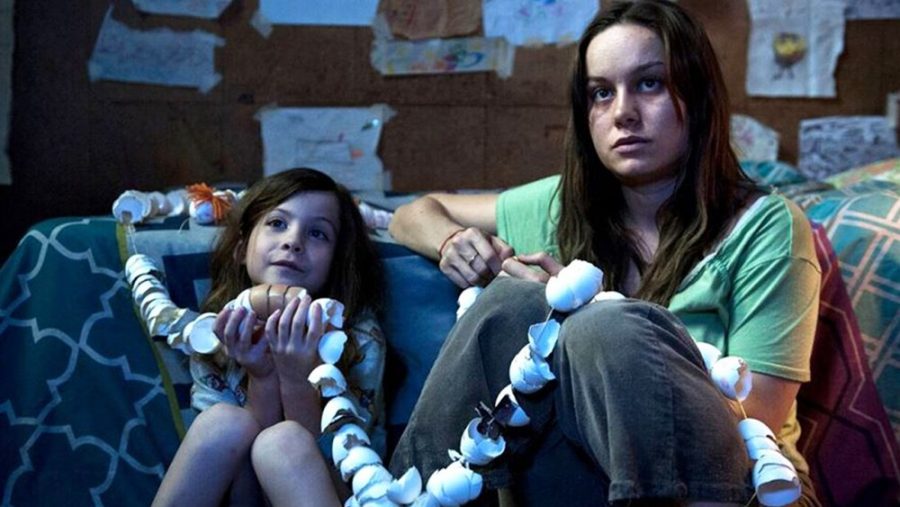The best stories are those that make the world disappear. Those ones where everything in life fades away and it breaks our hearts because only the physical lives of our beloved are left. The bond between a mother and her son in “Room” is the foundation for such a story.
“Room” depicts the lives of Jack (Jacob Tremblay) and Ma (Brie Larson). The film is based on the novel by author Emma Donaghue and chronicles the enclosed life of Jack and Ma inside what they refer to as Room. Room is a prison, one that Ma has been trapped in for the last seven years after being abducted as a seventeen-year-old by a man known only as Old Nick (Sean Bridgers). Jack was born two years after Ma’s abduction, and the film opens on Jack’s fifth birthday.
“Room” focuses on classic themes: the unbreakable nature of the human spirit, familial bond and the depths of the human experience. No other film this year reaches the emotional resonance “Room” evokes. From laughter to tears, rare is the film that arrests a viewer’s heart as does “Room”.
Jack, played by Tremblay in an Oscar-worthy performance, is the narrator and guiding force of the film. He opens the film describing his world: the ten-by-ten garden shed that is RoomClose up shots of a red bucket, a porcelain sink and Jack’s face accentuate the claustrophobic nature of the film. For five years, the edge of Jack’s world was the skylight of Room.
Spoilers ahead: abandon all hope ye who read beyond this point. “Room” splits its narrative into two sections. The first half of the film occurs within the confines of Room while the latter deals with the fallout of escaping it. Jack has never seen the outside world, and believes outer space to be just beyond its skylight. Director Lenny Abramson adds this recurring ceiling motif as the limit of Jack’s world. First, it is Room’s dark ceiling. Upon escape, the fluorescent hospital roof represents the transition into healing. The final appearance of the motif is Jack staring off into the sky, no longer limited by the ghost of Room.
Jack and Ma’s journey beyond the confines of their prison is what distinguishes “Room” from similar stories. The latter half of the film illustrates the consequences of trauma of Jack and Ma (who must once again assume her past identity as Joy Newsome). The elasticity of Jack’s youth saves him from permanent damage; Jack’s world was not destroyed by Room, but rather shaped by it. Escaping from Room was far more traumatizing for Joy. Life thoroughly dealt the woman tragedy upon tragedy, from abduction to escape.
Ma must deal with several obstacles as she transitions back into being Joy. She discovers her parents divorced, questions her own parenting of Jack and angrily struggles to accept any normalcy in life. To Jack, the world has expanded; to Joy, it has shattered.
The first and second half of the film mirror each other. Initially, Ma protects Jack in Room, and later Jack must support Ma on the outside. Joy does not possess the Jack’s elasticity of youth — her scars are permanent. Roughly a few months after escape, Jack resembles a normie who enjoys playing outside with friends.
Joy will never be normal; an attempted suicide sends her away. As a parting gift, Jack sends her the source of what he calls his “strong”: the freshly sheared ponytail of his shoulder length hair.
Near the end of “Room,” Jack and Joy play with Legos on a bed. Joy explains that Jack’s “strong” gave her the strength to survive. She then confesses to Jack that she is a bad mother, and Jack responds that it’s OK because she’s his ma. Such is life — no matter what life brings, it cannot crush you when the people you love share an unbreakable “strong.” Jack and Ma’s collective “strong” powers the most emotionally compelling film of the year in “Room.”
Rating: A
Follow Alex Furrier on Twitter.









